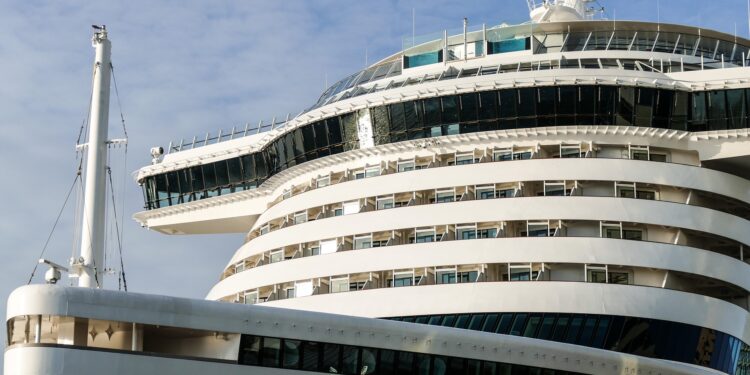Rolls Royce is changing the game for navies around he world.
Digitalisation is set to revolutionise the world, and as this future seems inevitable, Rolls Royce wants to lead the charge.
A 700-ton, unmanned vessel is being developed by the British marque, aiming to change the Navy industry forever.
This drone operated proposal by the enduring car-manufacturing label has woken curiosity as the boat would be able to operate without human assistance for up to 10 days, prioritizing safety measures and performance.
As another part of its characteristics, the unmanned vehicle, also known as a drone, would have a range of over 3,000 miles and up to 25 knots in speed.
According to Business Insider, this ship would serve for “coastal patrol and surveillance,” logistical support, or even as a means to protect and monitor other vessels.
A change in unmanned and autonomous transport
This autonomous platform, like others made by a handful of creative corporations, has the capacity to engage in role missions, surveillance, mine-detection, cargo labors, among other activities, supporting revenue generation and predictability at sea and during combar, reducing risk for human staff and supporting environmental measures.
With this innovation in the unmanned vehicle market –intended to create over 70,00 jobs and generate 13.6 billion USD just in the Aircraft Systems Integration during the next years– missions are set to continue generating options that re-boot company opportunities.
The ambitious Rolls Royce project is set to work with real-time data collected from a range of ship control systems and equipment sensors. According to its website, selected info such as fuel consumption is benchmarked against a baseline and displayed graphically. This data is then securely transmitted onshore for more detailed analysis. Our cloud-based portal then enables the comparison of performance data with historical benchmarks, enabling a data-driven performance management and decision-making approach.
It would be designed to operate at night, in adverse weather conditions, in congested waterways, or when docking or undocking.













